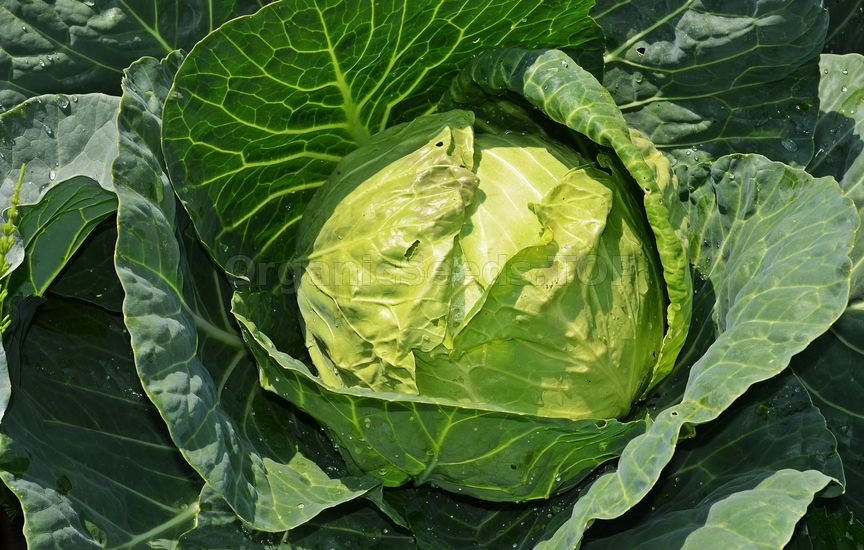Cabbage Benefits |
 When it comes to good-for-you veggies, kale may be trendier, but don't overlook its veggie cousin, cabbage. The leafy green shares a lot of the same health benefits as it's low in calories, filled with fiber, and packed with phytonutrients and minerals that are key for short- and long-term health. It’s an easy way to switch it up from your usual kale-full recipes and salad orders without sacrificing any of the great nutritional qualities. Nutrition Stats Serving Size: 1 cup cabbage, chopped
Health Benefits of Cabbage Eating one specific food will never make you or break you, but cabbage is a good one to add to the grocery list. Here's what this leafy green can do in terms of your health.
It supports healthy digestion At just over 2 grams per cup, the fiber content in cabbage adds up quickly. If you’re using it in a veggie-packed slaw, salad, soup, or stew, you’re likely getting more like 8 to 10 grams total. Eating lots of fiber in general can help improve digestion, lower cholesterol and blood sugar levels, and promote a healthy weight.
It helps protect against chronic disease Cabbage is packed with special flavonoids called anthocyanins, which give cabbage its red and purple color. These phytonutrients protect against oxidative stress and chronic inflammation, thereby boosting immunity and helping reduce your risk of heart disease and diabetes.
It may help reduce cancer risk Cabbage contains compounds called glucosinolates, which are associated with lowering cancer risk based on how much you eat. The process of digesting and metabolizing cabbage essentially unleashes a chemoprotective effect in the body, helping stop the enzymatic reactions linked to DNA damage — the type that can, over time, lead to tumor development.
Still got doubts about cabbage? It's not just for coleslaw, mind you. Here's what else you need to know about Brassica oleracea. Is cabbage healthier than lettuce? It’s tough to say one vegetable is "better" than another, since all of them are excellent for your health. Cabbage may have the upper hand in terms nutrient density though. The anthocyanins found in red cabbage can help boost circulation, protect your cardiovascular system, and offset damage to your body’s cells.
That said, eating a variety of produce is crucial for better well-being for the long-term. When it comes to cruciferous veggies — kale, cabbage, broccoli, cauliflower, bok choy, and Brussels sprouts — the more often we eat ’em, the better. So make it a priority to consume more in general and mix it up often. Do I have to eat it raw? Nope! It's true that cooked cabbage contains less vitamin C that the raw variety, but it's also nothing to worry about since you're likely getting more than enough elsewhere in everyday meals and snacks. And while previous test-tube studies had linked cooked cruciferous veggies with a lower nutrient availability, newer findings support the idea that eating cabbage and other veggies in any form is good for you and helps to support digestion. The bottom line: Enjoy it cooked and mild or raw and crunchy.
What's the difference between green, red, and purple cabbage? Cabbage takes on different colors based on how much anthocyanin it contains. The higher the anthocyanin levels, the darker it looks. That doesn’t mean one is "better" for your health than others, as veggies in general contain different amounts of phytonutrients that don't necessarily correspond to their color. Take cauliflower for example. It's not part of the "rainbow," but it's chock-full of antioxidants with anti-inflammatory properties. What we know about all vegetables (especially the cruciferous ones!) is that when consumed more often in a wide variety of ways, they can help you stay healthier for the long haul. You may need:«Glory» - Organic Cabbage Seeds«Milana» - Organic Cabbage Seeds«Kharkov winter» - Organic Cabbage Seeds«Snow White» - Organic Cabbage Seeds«Yaroslavna» - Organic Cabbage Seeds |
|
|
